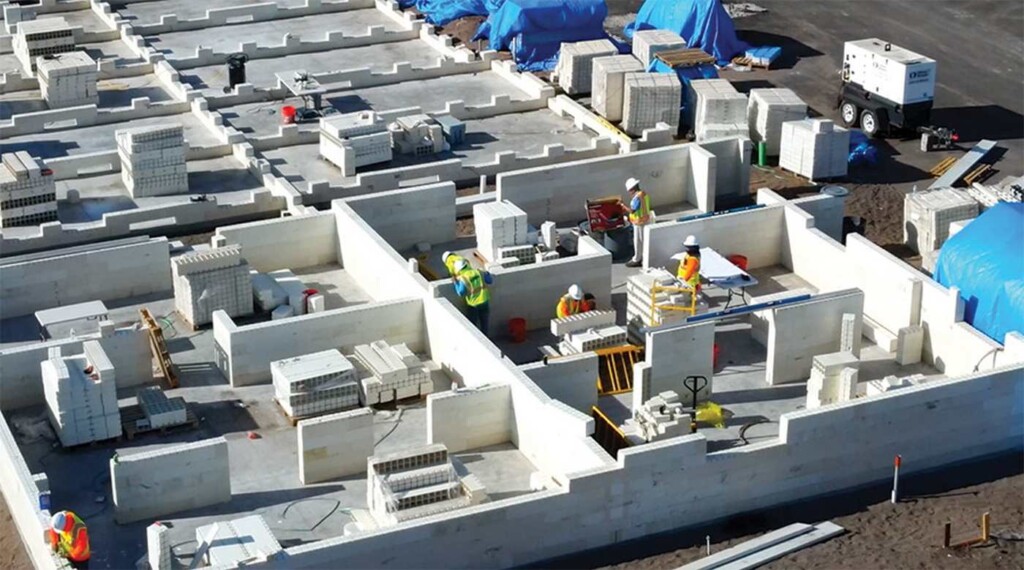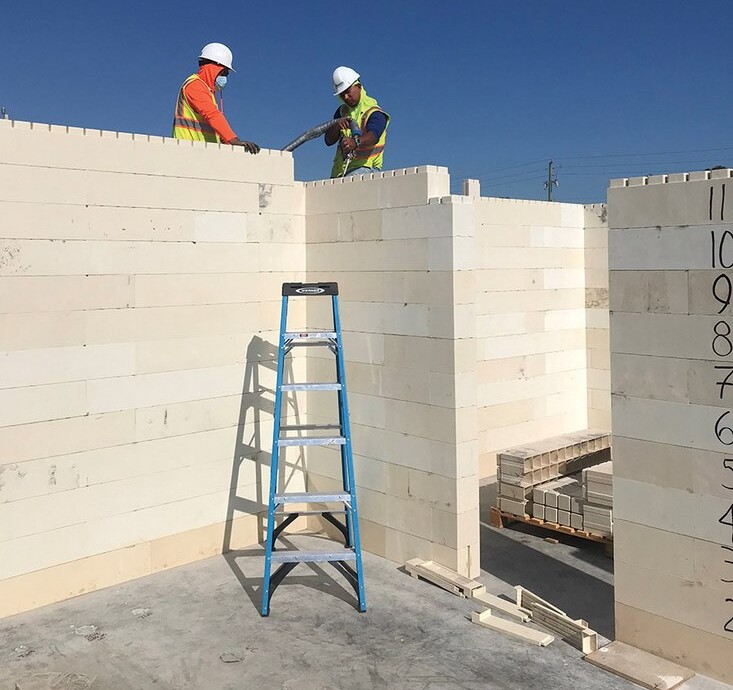Five ways to avoid burnout
As the nights draw in our energy levels will dip, but the demands placed upon us probably won’t. Here’s how to avoid burnout
While the trees begin to shed their leaves and slip into a long slumber this autumn (here in the UK at least), we humans have no such luxury. For most of us, life continues at the same relentless pace into the darker months, just as the desire to hunker down increases. It puts us at risk of fatigue or – worse – burnout, which research suggests is a growing issue.
According to a report by Glassdoor – a website where employees anonymously rate their employers – reviews mentioning burnout have reached the highest level since the company started tracking data in 2016.
Meanwhile, the pervasiveness of technology, the constant barrage of bad news via mainstream news outlets, and cost of living pressures all serve to ramp up cortisol levels. Here’s how to bring them down and avoid burnout.

1. Tick off the basics
Getting enough sleep, eating well and exercising are the cornerstones of good mental and physical health. Other activities, such as journaling, reading and yoga have been shown to lower cortisol levels. Even a walk in the woods can help. “Studies show that people who regularly go for walks in a forest or in green spaces have lower levels of cortisol,” says Rose Abbott, a GP.
Image: Christina Deravedisian

2. Introduce ‘healthy stress’ to your life
“The sabre-tooth tiger is not outside the cave any more, but we think it is,” says mental health coach Anthony Mullally, pointing out that modern stresses such as deadlines elicit the same ‘fight or flight’ response as the tiger. “Learning to manage small stresses such as exposure to cold water helps us contextualise the threat … and build tolerance,” he says. Mindful breathing also helps. “It regulates the nervous system,” adds Mullally.
Image: Jorge Fernandez
Solutions every SaturdayUplift your inbox with our weekly newsletter. Positive News editors select the week’s top stories of progress, bringing you the essential briefing about what’s going right.Sign up

3. Set boundaries – and stick to them
As the poet Robert Frost wrote: “Good fences make good neighbours.” It’s also important to set boundaries with yourself. “When we define what we need to feel secure and healthy … and protect those parts of ourselves, we can do wonders for our wellbeing,” writes therapist Joe Sanok in a blog. Boundaries may include the hours you work, how much screen time you have, or when you go to bed.
Image: AbsolutVision

4. Shape your definition of success
Success is a slippery concept. For some, it’s about having meaningful relationships and fulfilling experiences, for others it’s tied to career wins and financial gains. Defining what success means to you is a first step towards establishing priorities in life, enabling a focus of energy on the things that matter to you. Challenge your definition, too. Is success really a fancy new car, or actually working less?
Image: Johen Redman

5. Avoid workplaces where burnout is normalised
The latest State of the Global Workforce report suggests that 40% of UK employees are stressed. But how do we avoid lurching from one toxic job to another? “Watch out for red flags [in the recruitment process],” says Joel Lalgee, host of the Recruiting is No Joke podcast. “Poor communication, ghosting, endless rounds of interviews, repetitive questions and untrained interviewers” are bad signs, he adds.
Image: Priscilla du Preez
Main image: LightFieldStudios
Words byGavin Haines









